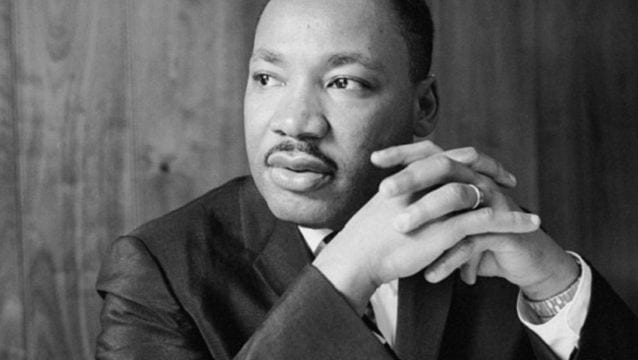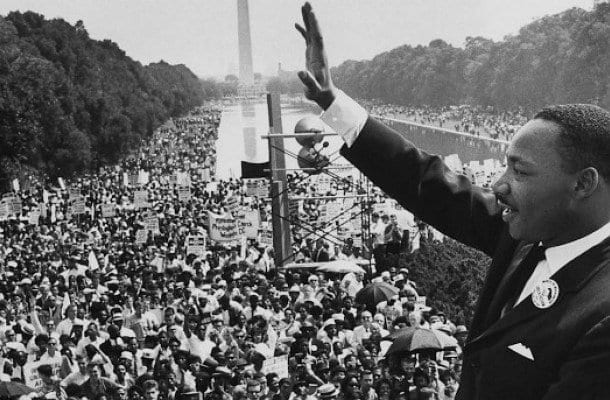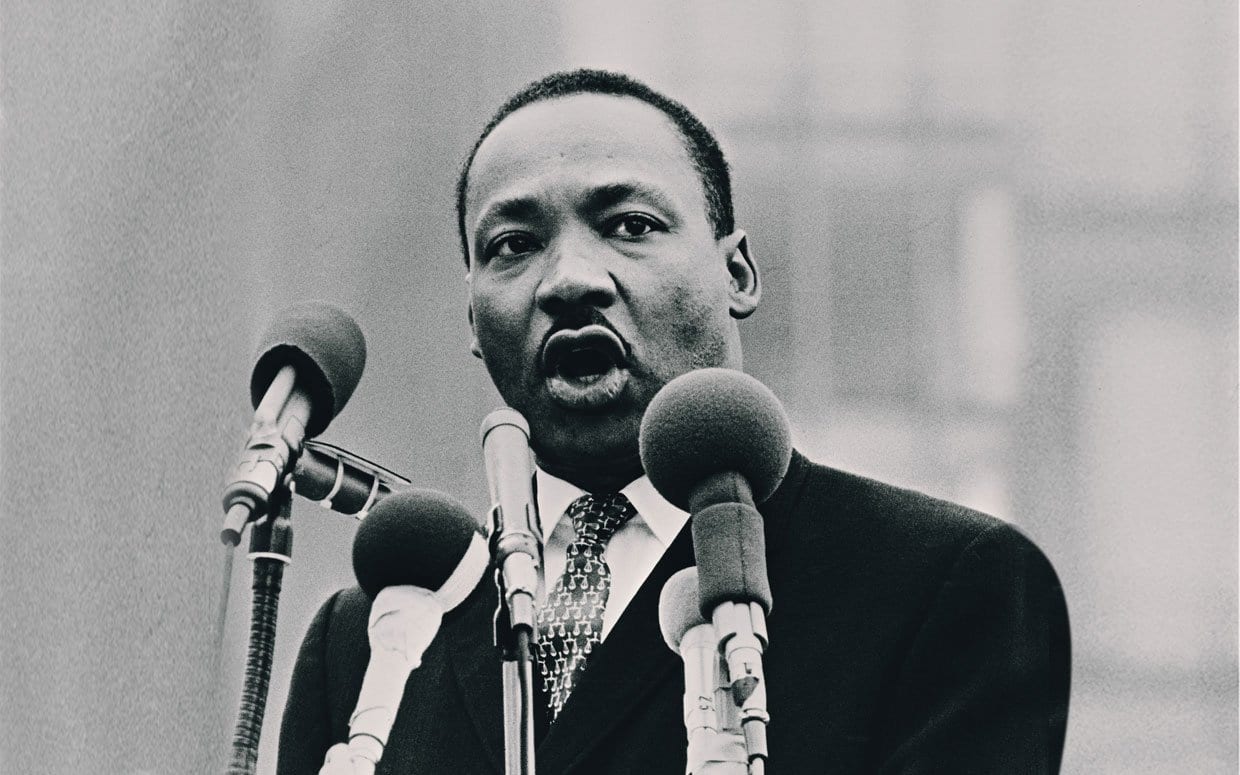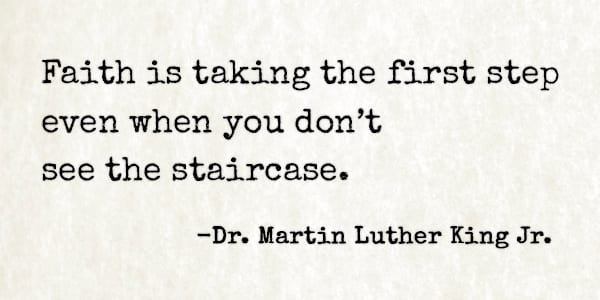Catalyst. Advocate. Devoted. Courageous. An Inspired Leader.
These are just a few of the ways we describe Dr. Martin Luther King Jr. as we reflect on what he means to us. As young people of color in PR, we recognize that Dr. King’s work laid the foundation for us to continue shaping the future – by being purposeful in our message and empowering our professionals, clients and the larger industry to be more inclusive.
 Thoughts from Chloé Kerr (Brand Marketing):
Thoughts from Chloé Kerr (Brand Marketing):
In the summer of 1963, 250,000 people gathered on the lawn of the National Mall in Washington, D.C. to hear Dr. Martin Luther King Jr. speak. No invites. No social media. No digital activations. How did he do that? A cause, a purpose and a belief.
As someone whose work involves building brands, we advise our clients to capture their authenticity, transparency and relevance to resonate with audiences and trigger a call to action. This counsel also has parallels to the work of Dr. King.
What we’ve learned from Dr. King is to have purpose, and a strong will that carries a sense of self as you live life. He knew at a young age that he had “an inner urge to serve humanity.” In PR, we call that a strong brand identity.
The opportunity to reach mass audiences when you believe in something passionately is now at our collective fingertips. We are now able to create movements that are highly engaging, creative and limitless. Like Dr. King, people believed in what he communicated and took his cause and made it their own.
From a communications and brand perspective, Dr. King was a symbol for freedom and people identified with him because he helped them believe in a just society. He once said:
Faith is something our clients have entrusted in us. Having faith that we will help them tell the strongest and most authentic story, to highlight the right message, to reach the right audience – evoking the human spirit to believe.
 Thoughts from Alix Montes (Social Marketing):
Thoughts from Alix Montes (Social Marketing):
Dr. Martin Luther King Jr. didn’t just capture ears, he captured hearts and inspired action through the social marketing strategy he deployed to achieve the goals of the Civil Rights Movement. Today, leaders of non-profits, government entities and purpose-driven causes could only hope to mobilize people the way he did.
While Dr. King had a compelling and morally righteous vision that I believe he communicated flawlessly, it alone did not achieve success. His intentions and vision were backed by a carefully executed strategy that utilized mass media, compelling storytelling and a grassroots effort to spark behavior change.
Often unsaid, the Civil Rights Movement actually coincided with the birth of mass media. Dr. King was able to amplify his message and reach audiences across America using media to magnify the protests in Birmingham and Selma.
One of the best examples is this notorious photograph of the Civil Rights Movement. The image depicts a boy in between the grips of a police officer and a German Shepard. This picture helped galvanize public opinion – it built sympathy and fueled empathy for the Civil Rights Movement among groups who would have otherwise been indifferent.
A mass media strategy and a compelling story would be nothing without people taking action as the achieved outcome. Unlike other movements that often rely on big names and people of high stature, the Civil Rights Movement was strong because it empowered everyday citizens who believed in Dr. King’s vision to join their ranks and do something.
The March on Washington drew a crowd of over 200,000 people with no email invites, social media or evites to help them spread the word. Much of the attendance was due to the efforts of people who took the initiative to organize passage to Washington, D.C. for others who believed in the cause.
 Thoughts from Alexia Baillow (Digital):
Thoughts from Alexia Baillow (Digital):
One of my earliest memories of grade school is watching Dr. Martin Luther King Jr. deliver his 1963 “I Have a Dream” speech in social studies class. Two generations later, his vision still connects with young citizens who only know life in an integrated America.
Today, his speeches continue to be among America’s most widely remembered and quoted. His words linger with listeners, compelling us to get involved, to share, to dream. King was a pioneer of viral content.
Dr. King was a compelling communicator and thought leader because, unlike many of his peers, he had a deeper understanding of his audience. Instead of capitalizing on the differences between disparate segments, he created relatable content that highlighted their similarities with united principles. King recognized the importance of people seeing themselves in his own vision of America.
As communications professionals in the 21st century, we have a similar responsibility. Today, America is more diverse than ever. Identity is no longer just about what’s visible to the naked eye. We have to look beyond our personal community, find those common bonds and consider what the receiving audiences will think when seeing a creative idea or taking an action online.
We must constantly ask ourselves: Does our insight capture how the audience sees the world, or is there internal bias at play? Is our strategy and messaging relatable and inclusive? Should our account team be more diverse to reflect our audience?
MLK’s profound impact resonates now more than ever. Both in the tools he used to galvanize a movement and create messages that broke through, and his relentless pursuit of inclusiveness for all.



